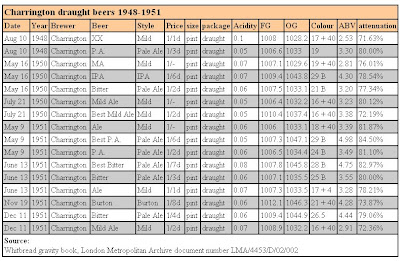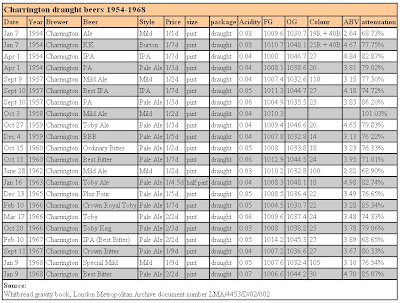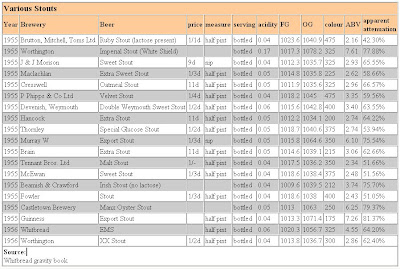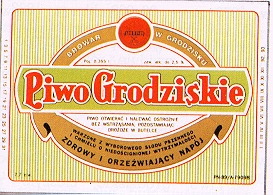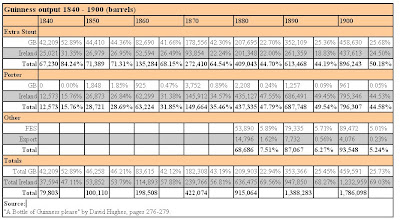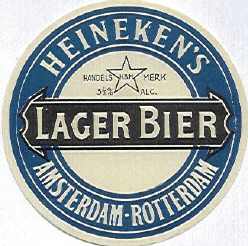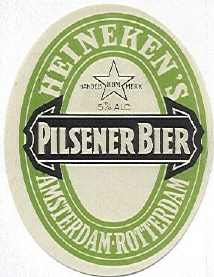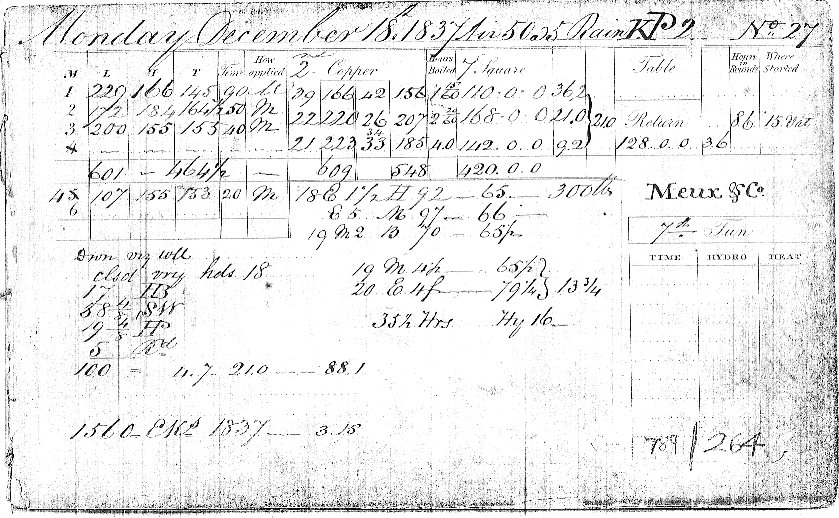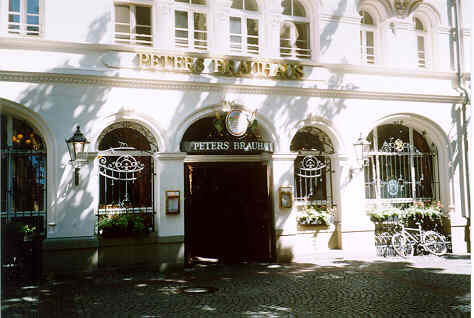I was just browsing through my old blog posts. (What else can you do when the second installment of Eastenders in a single day comes on?) IPA.
I'm so jealous of
Pete Brown. He did what I would have loved to (but never in a million years would have organised):
took IPA by sea to India. Good on him.
IPA, I was bound to get around to the subject eventually. What is true IPA? I won't bore you again with my style theories. That look the children have when I repeat a story for the tenth time. Your faces with that on it. I imagine.
Just something I noticed when browsing details of Whitbread beers from 1933 I'd posted. Look, all this plucking stuff out of old bits of thingies - research , that's the word I'm looking for - takes loads of time. I have to squeeze every last drop of material out of it.
The age of hops used was what I was checking. (Three different vintages for every beer, to be precise.) But having recently read some stuff (what an egregious vocabulary I have) about the nature of IPA, the whatsits about hopping rates really oojared my whatchumacallit.

Posted before, but a new interpretation. Hopping rates.
The beers: DB (Double Brown), IPA and PA. What's the weakest of the three? Don't look. You probably can't be arsed, tell the truth. I'll repeat it here for the lazy and short of sighted:
DB 1055, 5.1% ABV, 2.3 lbs hops per barrel, 9.98 lbs hops per quarter
IPA 1037, 3.8% ABV, 1.75 lbs hops per barrel, 11 lbs hops per quarter
PA 1049, 4.5% ABV, 1.63 lbs hops per barrel, 8 lbs hops per quarter
Surprised? The Pale Ale has the fewest hops. Whether measured per barrel or per quarter of malt. The latter is a good way of comparing the hopping rate of beers of different gravities.
IPA was also the most attenuated. (Check the image above itf you want the precise details. I'm not copying out every bloody thing for you.) It must have tasted hoppier than the PA.
But the Brown Ale? It's hopped more than the PA? Weird. Bottled Mild is it? I think not.
I forgot to mention. IPA was a bottled beer. So hoppier, but weaker than Pale Ale and bottled.
If you think IPA was always a premium beer, look at this 1933 Whitbread price list:

The vagaries of IPA are intriguing. And I'm sure that the usual suspects have told us a fair few porkies about its origin and form. But I don't want to get distracted. Porter, Stout. Porter, Stout. Porter, Stout. Porter, Stout. I'm supposed to be investigating that.
Pete Brown is researching IPA properly. Oh bum. That just leaves 128 beer styles to me. Lichtenhainer anyone?
 I should have had my first beer brewed to order in 2007. For various reasons, it didn't work out. But the brown malt is ordered and the label design ready. In the next few months my Whitbread recreations should be born. Wish two for 2008: my beers are brewed and taste good.
I should have had my first beer brewed to order in 2007. For various reasons, it didn't work out. But the brown malt is ordered and the label design ready. In the next few months my Whitbread recreations should be born. Wish two for 2008: my beers are brewed and taste good.





